A taste of northern Spain: Culinary highlights along the Camino Francés
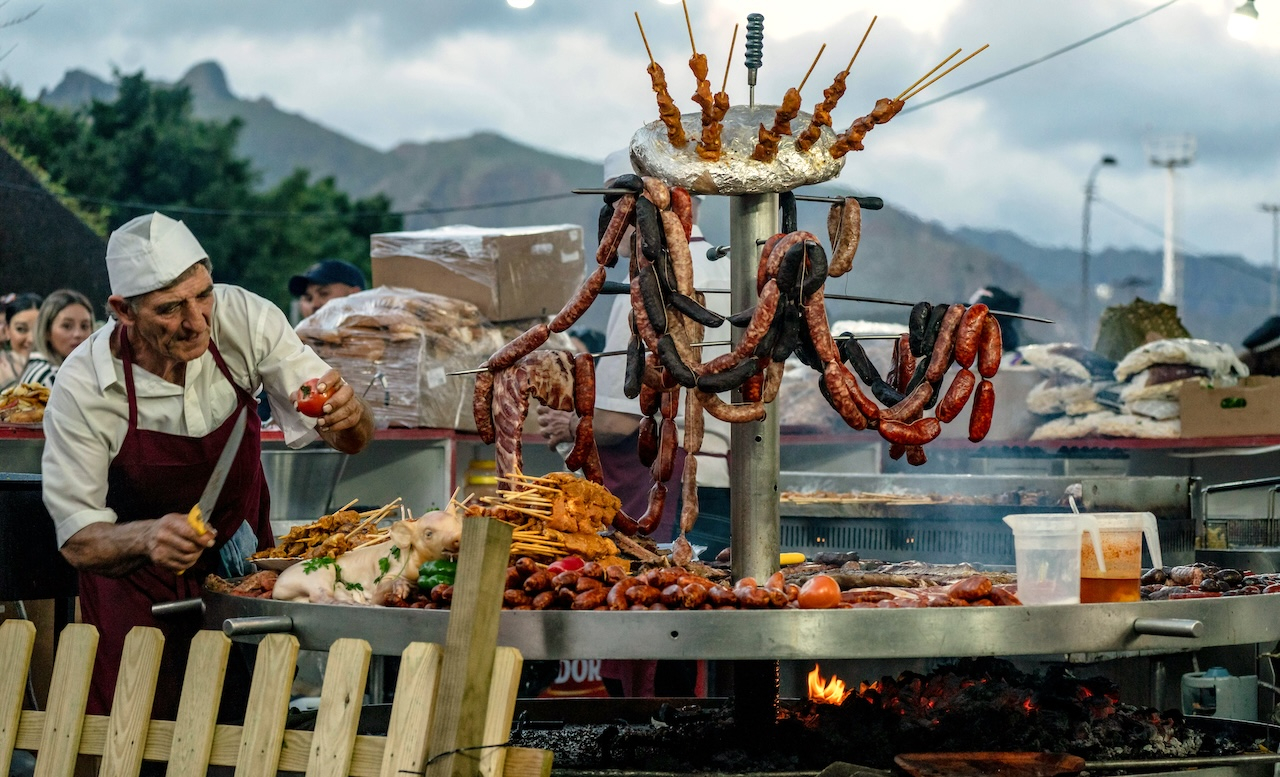
The Camino Francés is more than a religious tradition. It is a spiritual journey that transcends the church and draws people for reasons that go far beyond faith alone. For many, the path across Northern Spain becomes a discovery of flavour as much as a search for meaning. Walking from the Pyrenean foothills to the green landscapes of Galicia reveals a succession of tastes that are as defining as the landscapes themselves.
Each stage of the route offers its own distinctive character on the plate. In the mountains, walkers start the day with rustic dishes shaped by centuries of rural life, from hearty stews to simple cheeses that reflect the terrain. Crossing into La Rioja brings a shift towards bold flavours, where the scent of grilled peppers and the depth of local wines meet the buzz of tapas bars. Further west, the wide plains of Castilla y León provide comforting classics that sustain tired legs, while Galicia greets pilgrims with Atlantic seafood that feels like a reward at the end of the road.
To walk the Camino Francés is to engage all the senses. The food encountered along the way becomes part of the journey, turning each stage into a flavourful milestone worth savouring.
A route rich in taste: What makes the Camino Francés unique
Reaching Santiago de Compostela has long been seen as the goal of the Camino, yet many walkers discover that the real purpose lies in the journey itself. The Camino Francés stands out as the most iconic of all the pilgrimage routes because it leads pilgrims through a changing landscape of cultures and flavours. Beginning on the edge of the Pyrenees in Navarra, the path winds through the vineyards of La Rioja, the vast plains of Castilla y León and finally the misty hills of Galicia. Each region brings its own culinary character that enriches the experience with every step. For those planning their walk, Viajes Camino de Santiago offers practical guidance and a detailed itinerary of the French Way, helping travellers understand the rhythm of the route as well as what to expect along the way. This blend of movement and flavour is what makes the Camino Francés truly unique.
Regional flavours to savour: From Navarra to Galicia
Spain is widely recognised as a gastronomic superpower and second only to Italy when it comes to the strength of its regional food traditions. Nowhere is this diversity more vivid than in the northern regions crossed by the Camino Francés, which are arguably the most exciting areas in the country for food. Navarra sets the tone with flavours shaped by the Pyrenees, from aromatic local cheeses to chistorra that adds a welcome kick after a long day on the trail. As the route enters La Rioja the character shifts towards lively bars, small plates and the unmistakable depth of Rioja wine. Castilla y León brings a return to rustic comfort with roast lamb, slow-cooked stews and warming garlic soups that suit the wide open landscapes. By the time pilgrims reach Galicia the Atlantic influence takes over with pulpo a la gallega, flaky empanadas and crisp albariño to toast the journey.
Foodie stops worth the walk
Certain towns along the Camino Francés are celebrated as essential stops for food lovers. Pamplona tempts walkers with lively pintxo bars that spill onto the streets, while Logroño’s Calle Laurel offers one of the finest tapas circuits in Spain. Further west Burgos is famed for its rich morcilla and traditional roasts. Nearing Santiago many pilgrims make a point of stopping in Melide, where pulpo served on wooden plates has become a rite of passage. Along the way menus del peregrino and local markets provide simple affordable ways to sample authentic regional cooking without straying far from the path.
Walking well: Tips for eating on the camino
Balancing good food with long days of walking is easier with a few practical habits. Eating smaller portions more often helps maintain energy without feeling weighed down before steep climbs. It is worth planning meal times around the rhythm of each stage since rural stretches offer fewer options. Hydration is essential and water should be prioritised over wine until the day’s walking is complete. Vegetarians and vegans will find more choice in larger towns where cooks adapt classic dishes on request. Above all choosing local seasonal food tends to be both lighter and more satisfying for the demands of the trail.
A journey of body and palate
In a world shaped by social media, technology induced anxiety and the constant pull of scrolling doom, the Camino Francés offers an experience that opens the mind and nurtures the soul. It is a journey of body as much as palate, where each stage becomes a chance to discover the flavours of Northern Spain. Seen through its food the Camino becomes not only a cultural path but a genuine culinary adventure worth savouring step by step.
The editorial unit


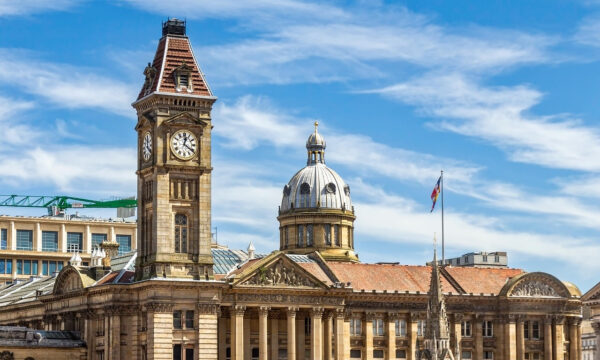
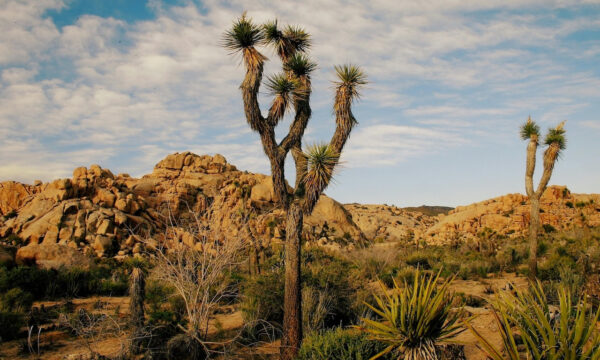
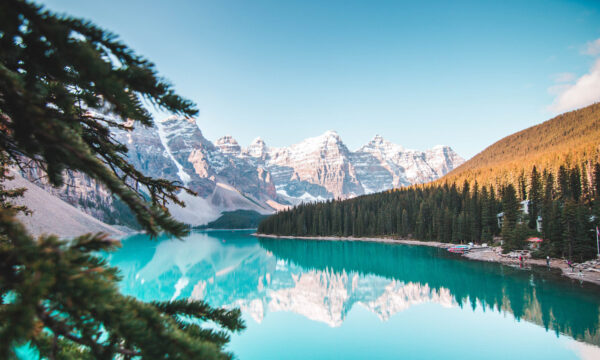
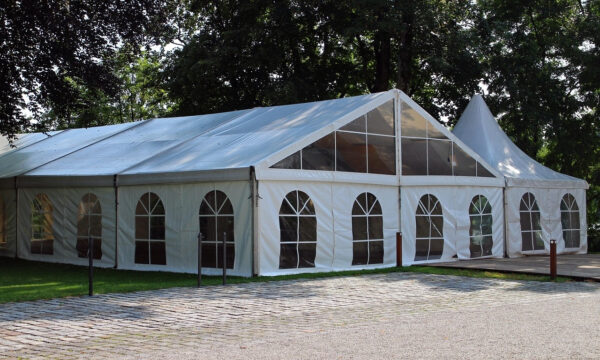








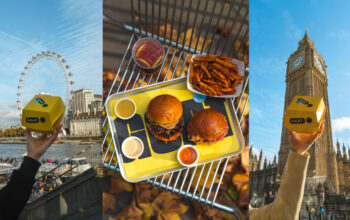
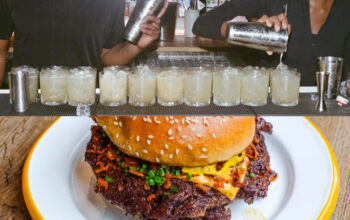


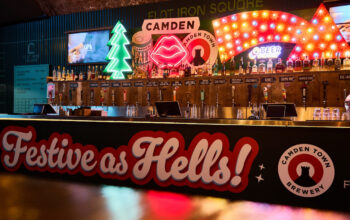






Facebook
Twitter
Instagram
YouTube
RSS